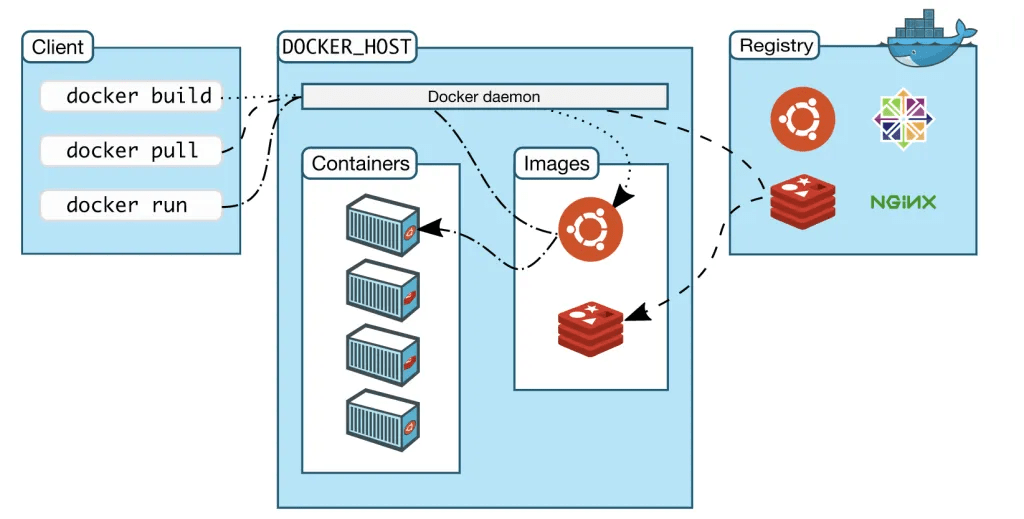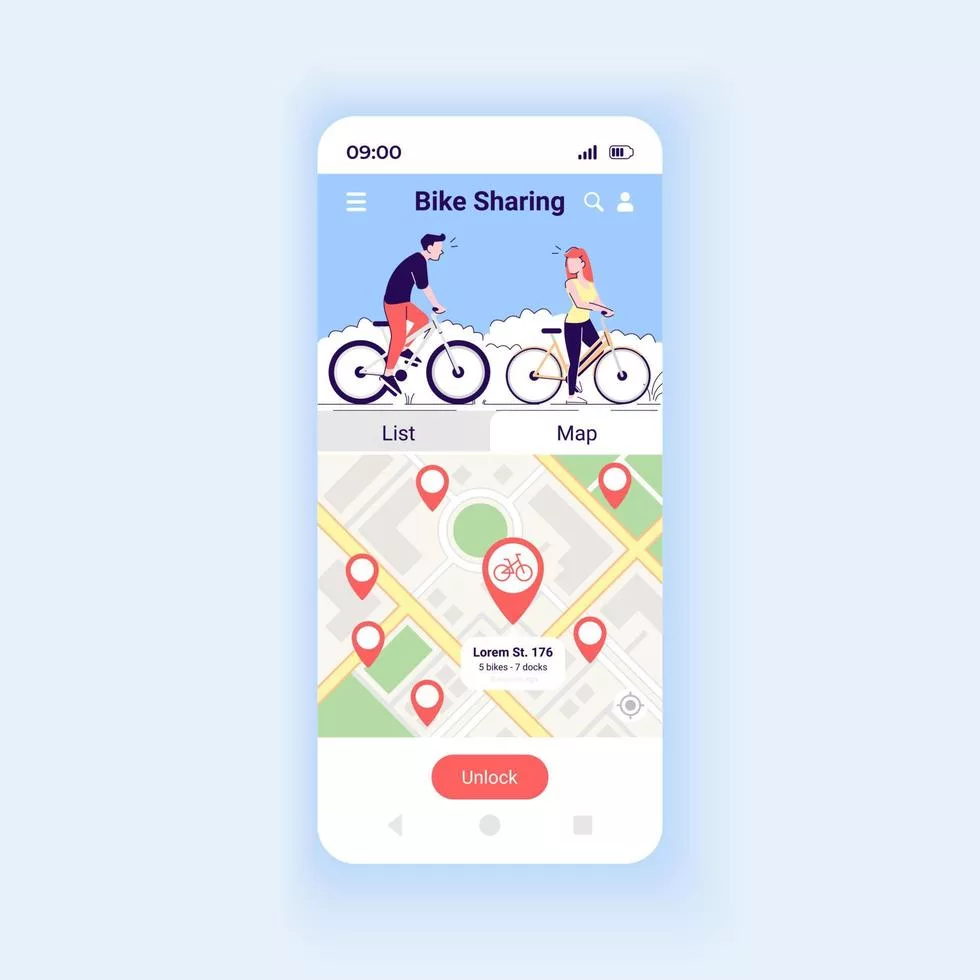Welcome to the world of Docker implementation on Google Cloud! If you’re looking for a way to streamline your development process, containerization is the answer. When it comes to containerizing applications, there’s no better tool than Docker. And when it comes to running those containers in production, Google Cloud is an excellent choice. In this blog post, we will guide you through setting up a docker environment and running containers on Google Cloud – so buckle up and let’s get started!
Setting up a docker environment
Docker is a popular containerization platform that enables developers to package their applications and dependencies into portable containers. Setting up a docker environment on Google Cloud is relatively easy, and it involves the following steps.
Firstly, you need to create a new project in Google Cloud Console. Once the project is created, enable billing for your account. Next, install Docker on your local machine if you haven’t already done so.
After installing Docker, launch the command prompt or terminal window and connect to your Google Cloud account by running the ‘gcloud init’ command. This will authenticate your credentials with Google Cloud.
The next step is to create a Kubernetes cluster using GKE (Google Kubernetes Engine). GKE makes it easy to manage and deploy containers at scale on GCP (Google Cloud Platform) infrastructure.
Once you have set up the cluster, configure kubectl – Kubernetes CLI tool – which will allow you to interact with the Kubernetes cluster from your local computer.
Build an image of your application using Dockerfile and push it onto Container Registry, which allows hosting private repositories of docker images in a google cloud storage bucket. This can be done via gcloud SDK or directly through the web console interface.
With these simple steps above-mentioned, anyone can easily set up their own docker environment on the google cloud platform without any hassle.
Running containers on google cloud
Running containers on Google Cloud is a straightforward process that enables developers to deploy and manage their applications at scale. To run containers, you need to have Docker installed on your computer, configure the container image, and then create a container instance in the cloud.
Once you have created your container instance on Google Cloud, you can monitor its performance using various tools such as Stackdriver Logging and Monitoring. These tools provide metrics about the health of each service running within your container environment.
Google Cloud also offers Kubernetes Engine, which allows for the automatic scaling of clusters based on demand. This means that as traffic increases or decreases, Kubernetes will automatically adjust the number of nodes needed to maintain optimal performance levels.
Another advantage of running containers on Google Cloud is that it provides access to other services offered by Google, such as BigQuery for data analysis or Firebase for mobile app development. By leveraging these additional services, developers can build more complex and scalable applications with ease.
Running containers on Google Cloud provides an efficient way to deploy and manage applications at scale while taking advantage of the many additional services provided by the platform. With easy monitoring capabilities and automatic scaling features available through Kubernetes Engine, developers can focus more time and energy on building innovative solutions rather than managing infrastructure.
Conclusion
To conclude, Docker implementation on Google Cloud is a great way to streamline your application deployment process. By creating a robust and scalable infrastructure with Docker containers, you can easily manage your applications and scale them as necessary. With the help of Google Kubernetes Engine (GKE), it becomes even easier to deploy containers in production environments.
In this article, we have covered how to set up a docker environment on the Google Cloud Platform and how to run containers using GKE. Now that you have an understanding of the basics feel free to explore further on your own.
By leveraging containerization technology like Docker and deploying it on a reliable platform such as Google Cloud Platform, you can focus more time on building high-quality applications rather than worrying about infrastructure management. So go ahead and give it a try!





